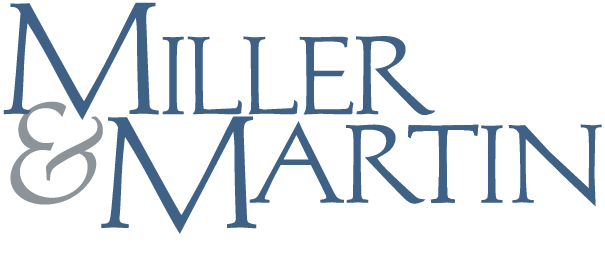How Should Employers Respond to the EEOC’s New Harassment Guidance?
Miller & Martin PLLC Alerts | May 06, 2024
Author: Stacie Caraway
The Equal Employment Opportunity Commission’s long-awaited new Workplace Harassment Guidance was issued on April 29, 2024. The last one was issued in 1999!
The good news is there are no great surprises in the new Guidance. The goal of it is to provide examples to help both employees and employers navigate the new legally protected classes, which have been recognized over the past 25 years, such as sexual orientation and gender identity. There are over 70 examples in the new Guidance. These also include examples of how workplace harassment may occur in remote work environments and may be committed by third parties such as customers, vendors, and contractors as well.
One interesting note from the Guidance is that “postings on a social media account generally will not, standing alone, contribute to a hostile work environment if they do not target the employer or its employees.” One issue that is not resolved in the Guidance is how to reconcile conflicting protected classes – for example, if an employee objects to using a particular name or pronoun to refer to another person based on his/her religious beliefs. These areas will still need to be navigated on a case-by-case basis (ideally with the help of your employment lawyer) because more than one protected class is involved.
The new Guidance is 189 pages long, but there is a Summary of Key Provisions: EEOC Enforcement Guidance on Harassment in the Workplace on the eeoc.gov website.
One key takeaway for employers is that if you have put off conducting updated harassment training perhaps due to COVID or other pressing company matters, now is the time! Preparing your workforce through proper training on how to respectfully address individuals who possess differing viewpoints can help you avoid inviting potential legal exposure. Many EEOC charges and lawsuits involve a supervisor or co-worker who would honestly say they “did not know” saying “X” or doing “Y” was wrong. “I don’t know what the rules are anymore!” is a common refrain. But such excuses are not defenses. An aspect of workplace harassment the new Guidance did not change is that, from a legal standpoint, it is not judged by the speaker or participator’s “heart” or “motive.” If an employee, particularly a supervisor, says or does something which offends someone in a protected class, your company may be held strictly liable for it in some circumstances if it rises to the level of creating a hostile work environment. In some states, the individual speaker/participant(s) also may be held individually liable. The new Guidance serves as a reminder that conducting periodic, up-to-date training on this important topic needs to be an objective of every HR department for companies with more than 15 total employees (and as few as 8 employees for Tennessee companies, regarding most of the protected classes listed below).
Some other key takeaways are to make sure your anti-harassment policy:
- Exists!,
- Has been updated to reflect the new protected classes,
- Provides more than one avenue for employees to report potential harassment, and
- Contains a non-retaliation provision.
Having a catch-all provision in your policy to provide expanded protected class coverage between employee handbook or other policy updates such as “and all other classes which are protected by applicable local, state, or federal law” also can be helpful.
By way of reminder in closing, the current federally protected classes are: race, color, religion, sex (including pregnancy, sexual orientation, or gender identity), national origin, age (40 or older), disability, and genetic information (including family medical history).
There are other protected classes, such as marital status and ancestry, which are protected under applicable state laws as well.
We Can Help
No workplace is perfect. To the extent you need assistance providing updated workplace harassment training, we can provide this training. To the extent you receive a report of harassment, we also can provide advice in conducting the investigation and an objective perspective regarding appropriate corrective action options, as needed. We also can help update your anti-harassment policies as needed.
Please contact Stacie Caraway or any other member of our Labor & Employment Practice if we can be of assistance in any of these areas.

